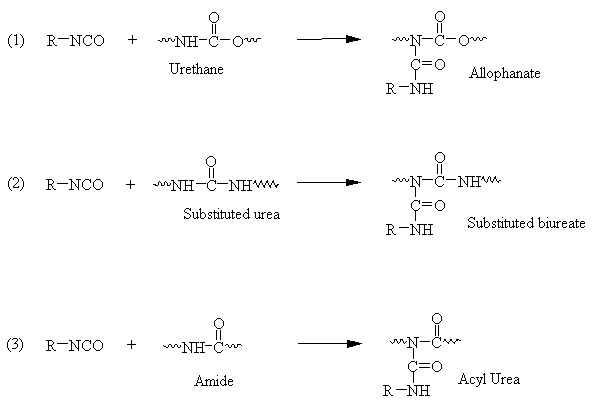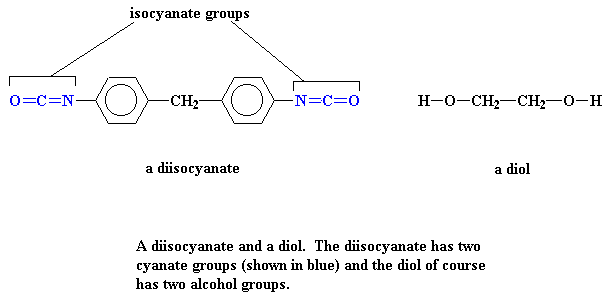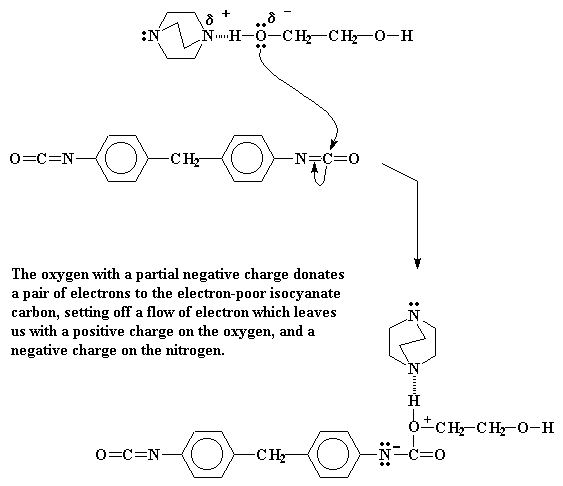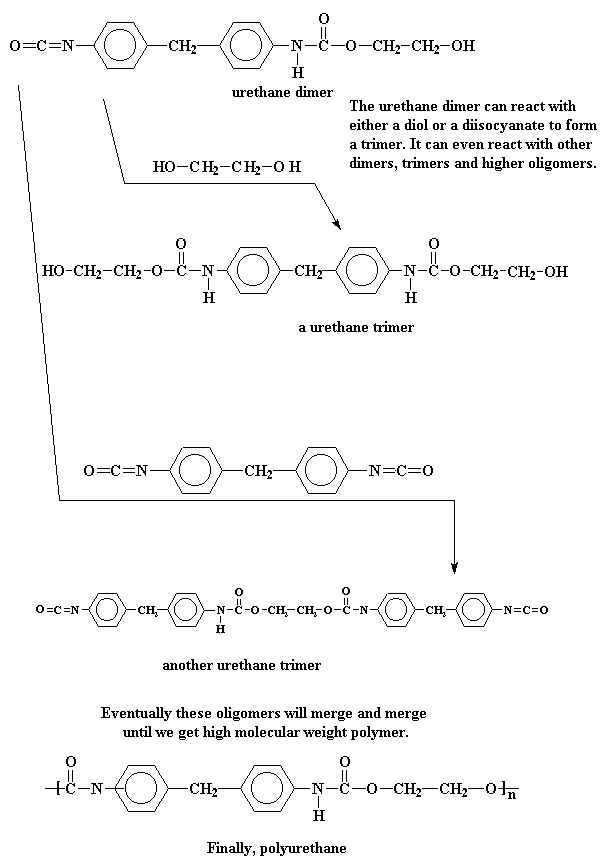
Preparation of rigid polyurethane foams using low-emission catalysts derived from metal acetates and ethanolamine
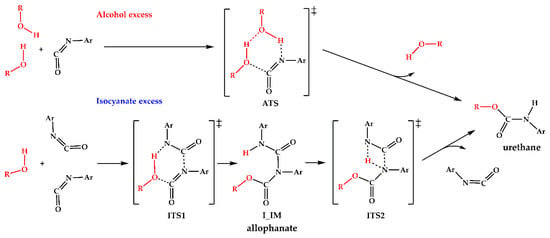
Polymers | Free Full-Text | Urethane Formation with an Excess of Isocyanate or Alcohol: Experimental and Ab Initio Study | HTML

Computational and experimental investigations of the urethane formation mechanism in the presence of organotin(IV) carboxylate catalysts - ScienceDirect

Reaction Mechanisms and Rate Constants of Auto‐Catalytic Urethane Formation and Cleavage Reactions - Gertig - 2021 - ChemistryOpen - Wiley Online Library

Insight into the mechanism of the catalysis of urethane formation by organotin(IV) dicarboxylate | Semantic Scholar

SciELO - Brasil - Using different catalysts in the chemical recycling of waste from flexible polyurethane foams Using different catalysts in the chemical recycling of waste from flexible polyurethane foams
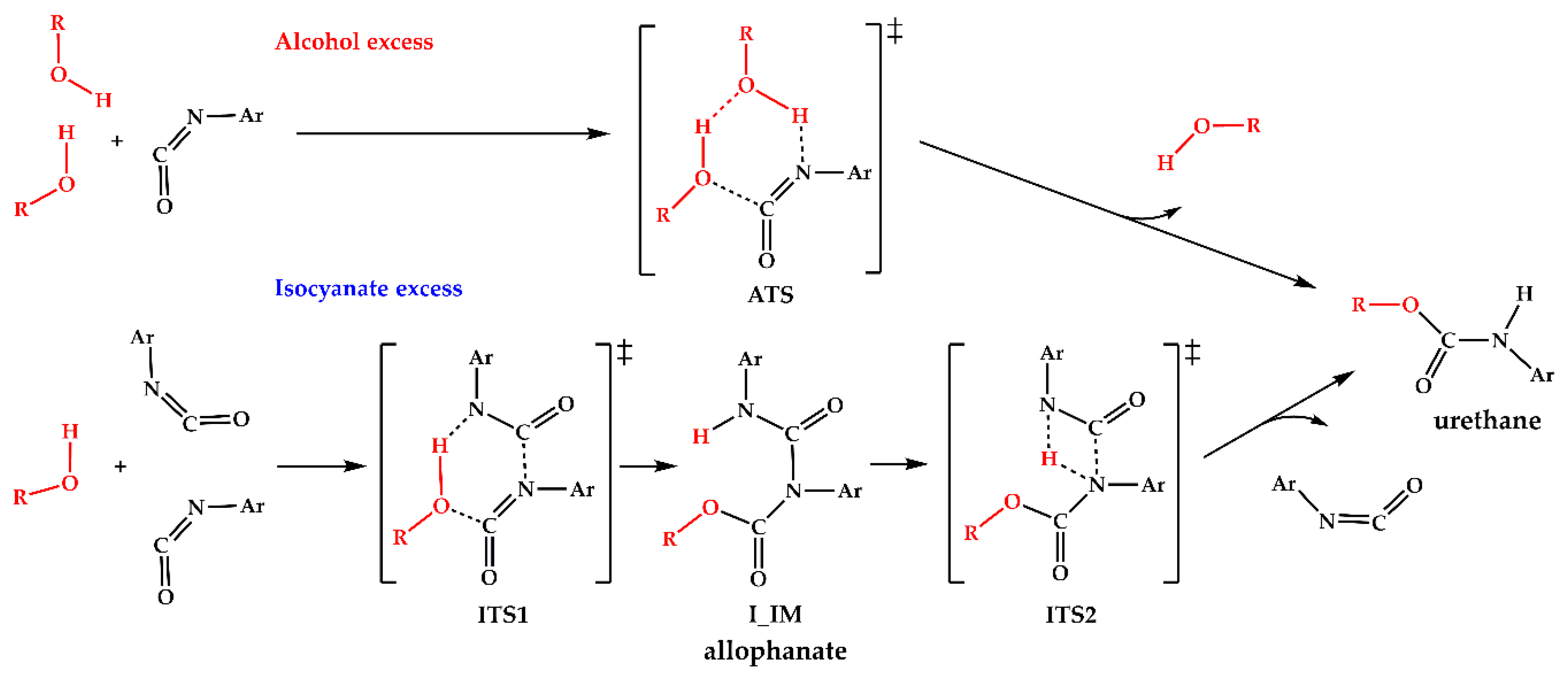
Polymers | Free Full-Text | Urethane Formation with an Excess of Isocyanate or Alcohol: Experimental and Ab Initio Study | HTML
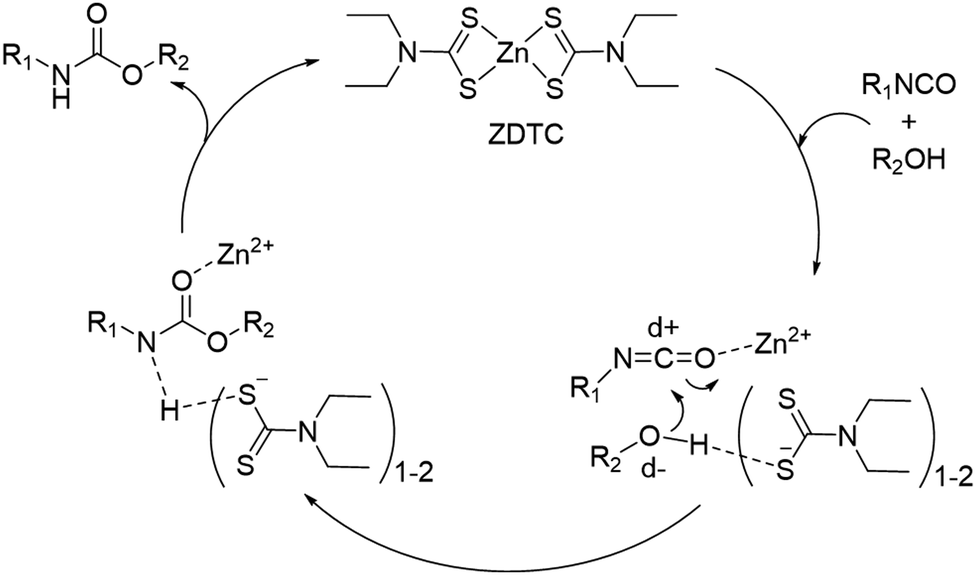
Zinc diethyldithiocarbamate as a catalyst for synthesising biomedically-relevant thermogelling polyurethanes - Materials Advances (RSC Publishing) DOI:10.1039/D0MA00734J







